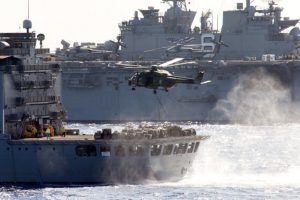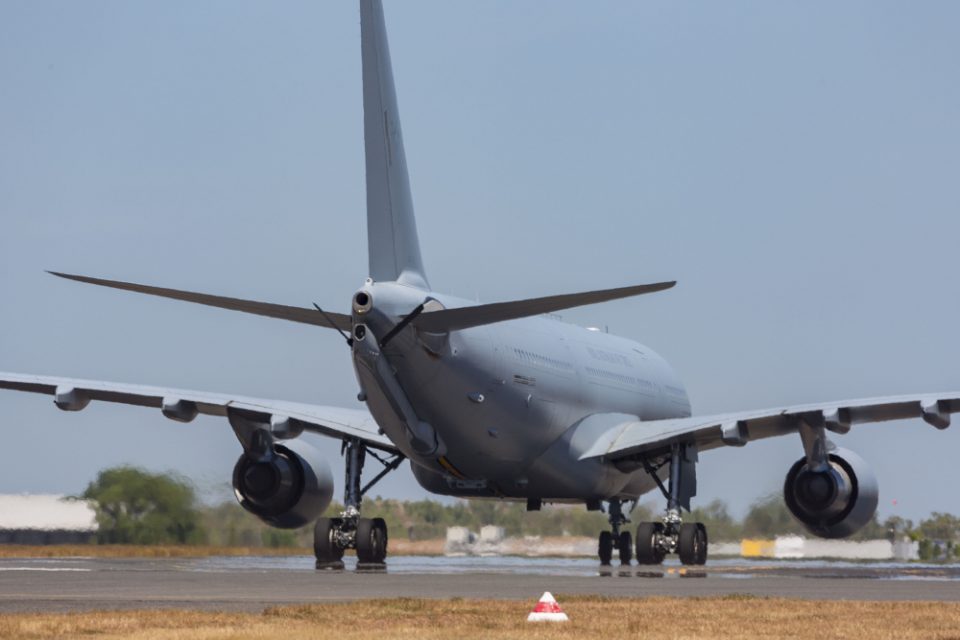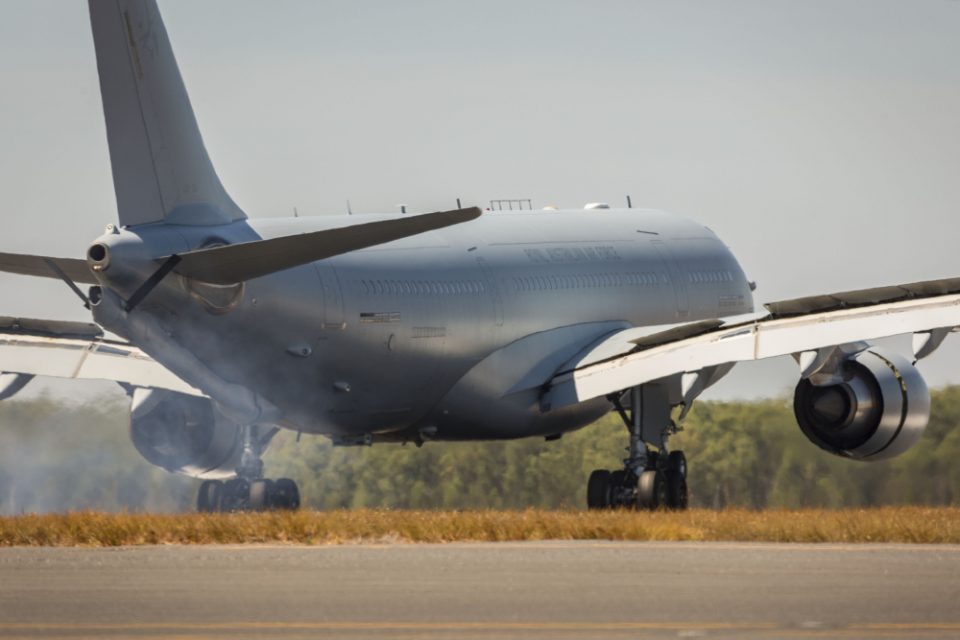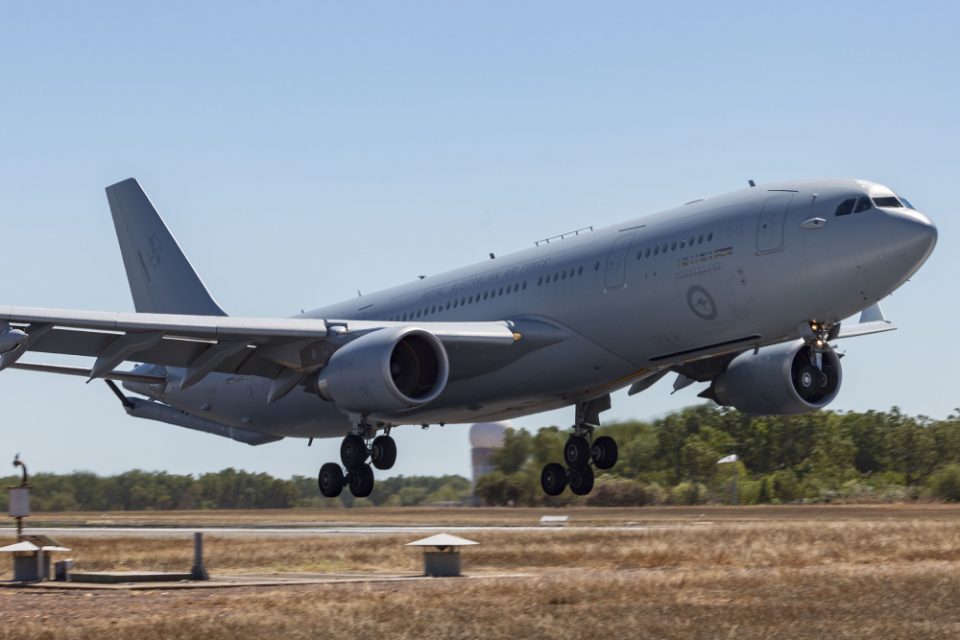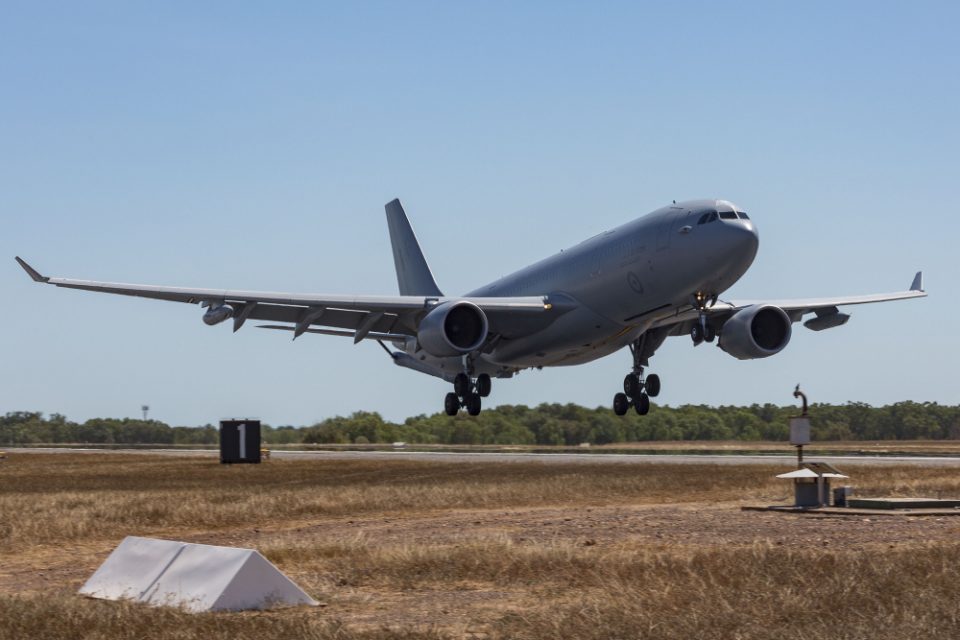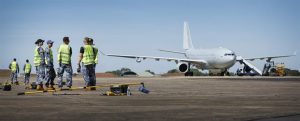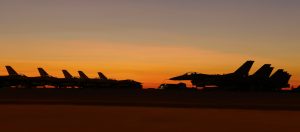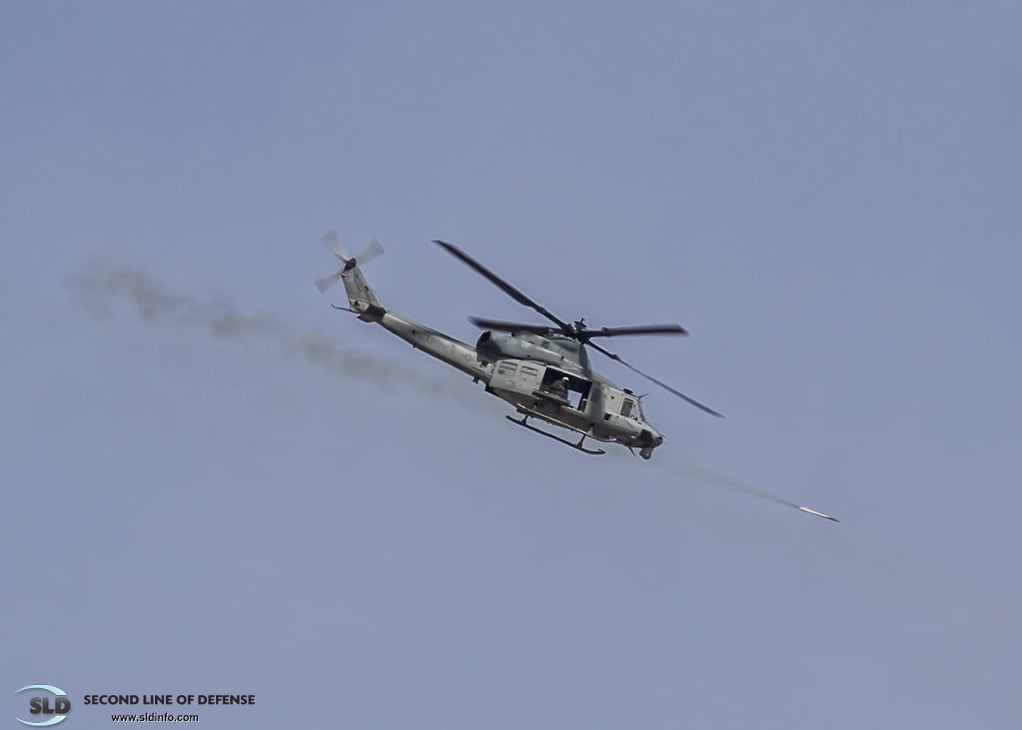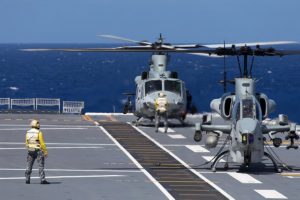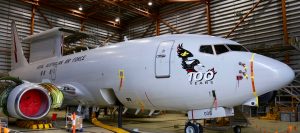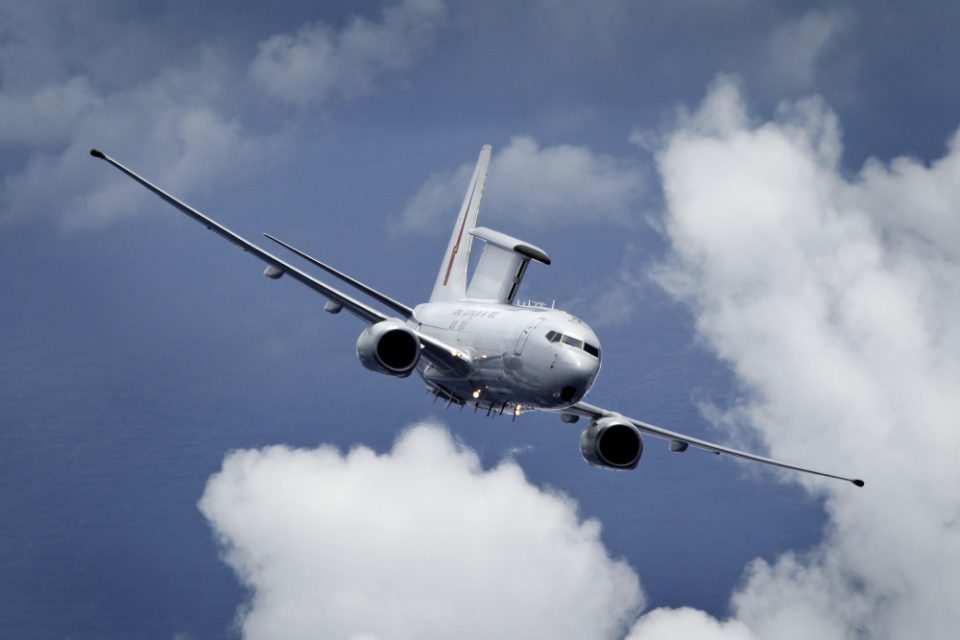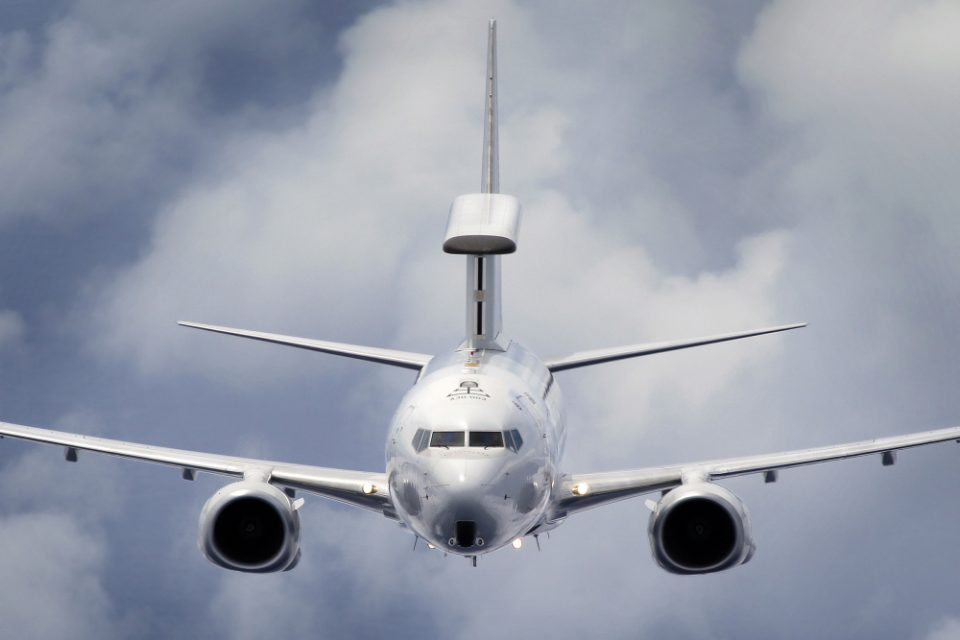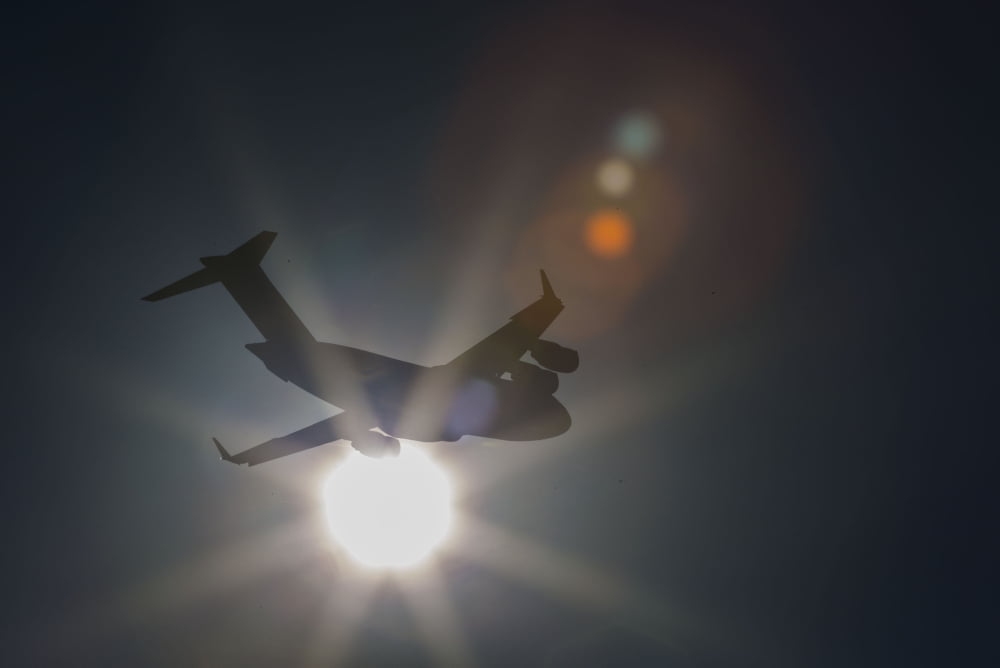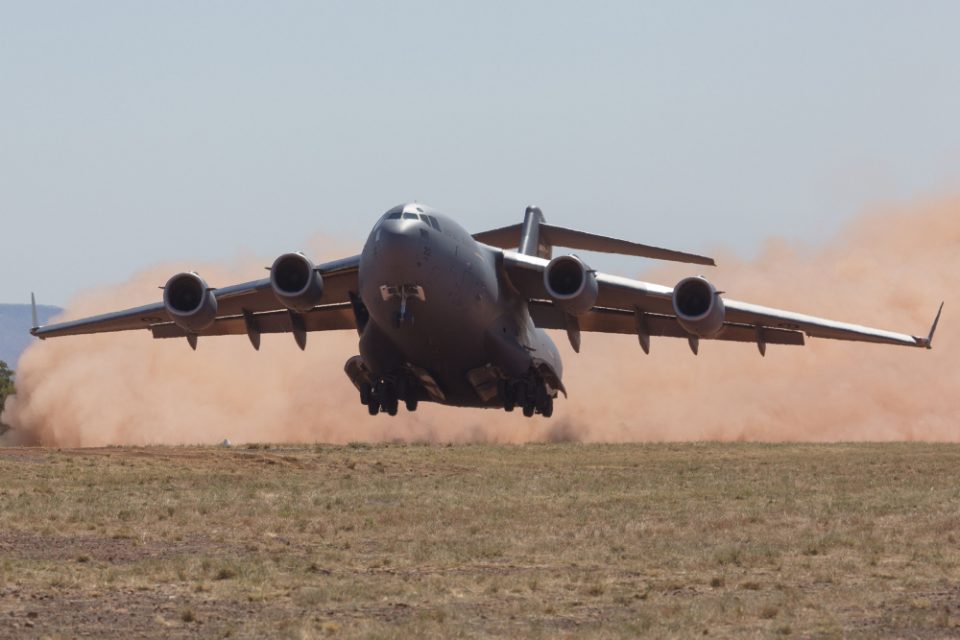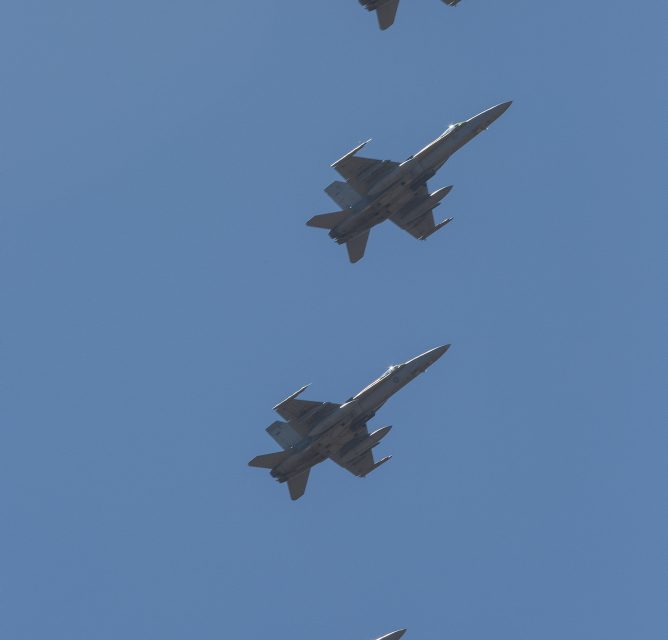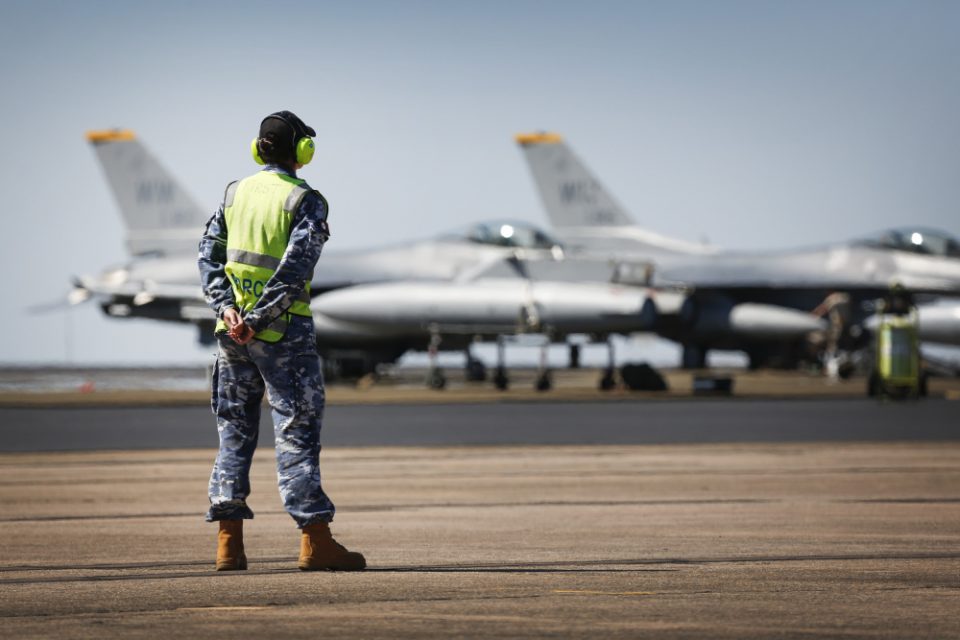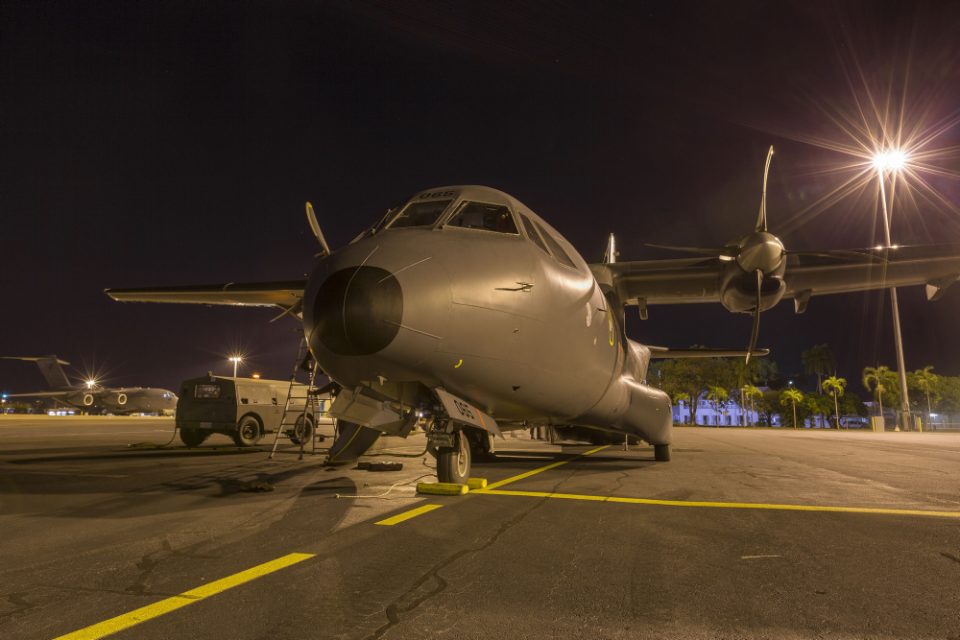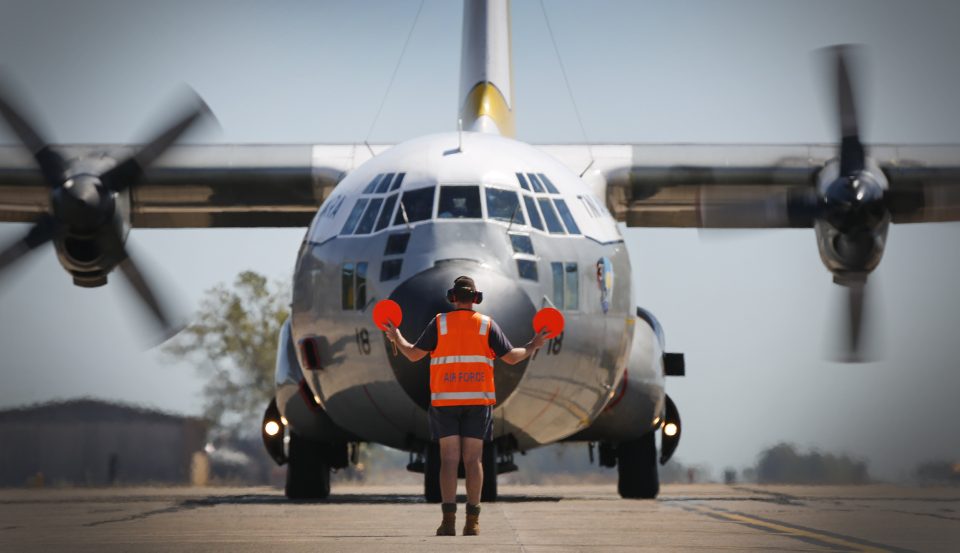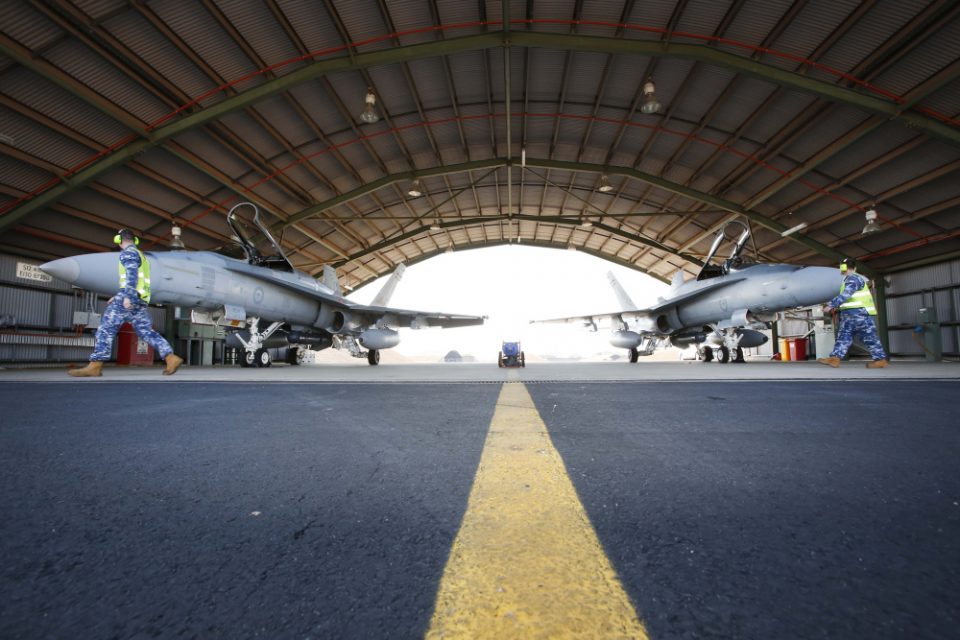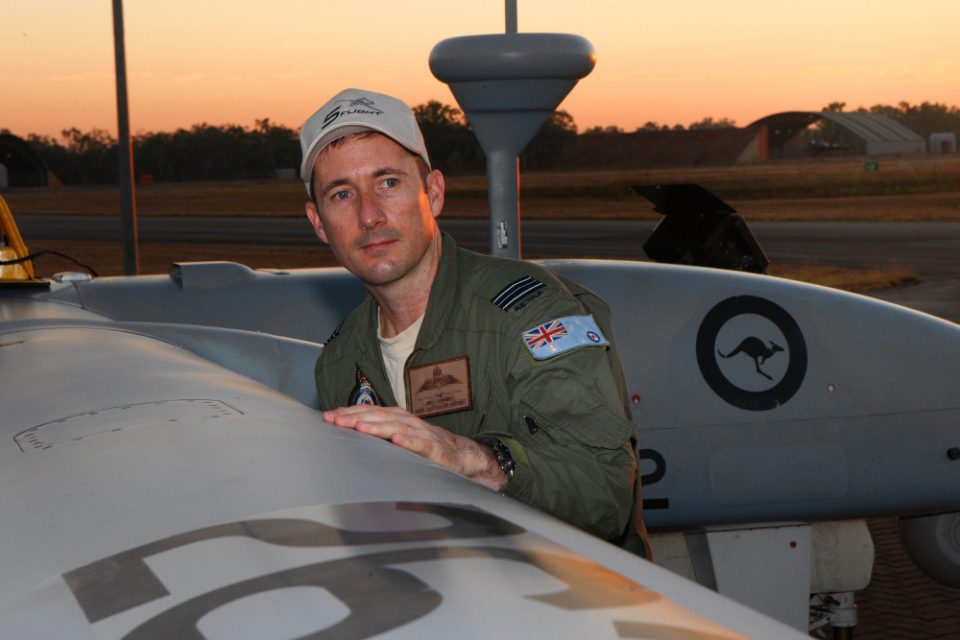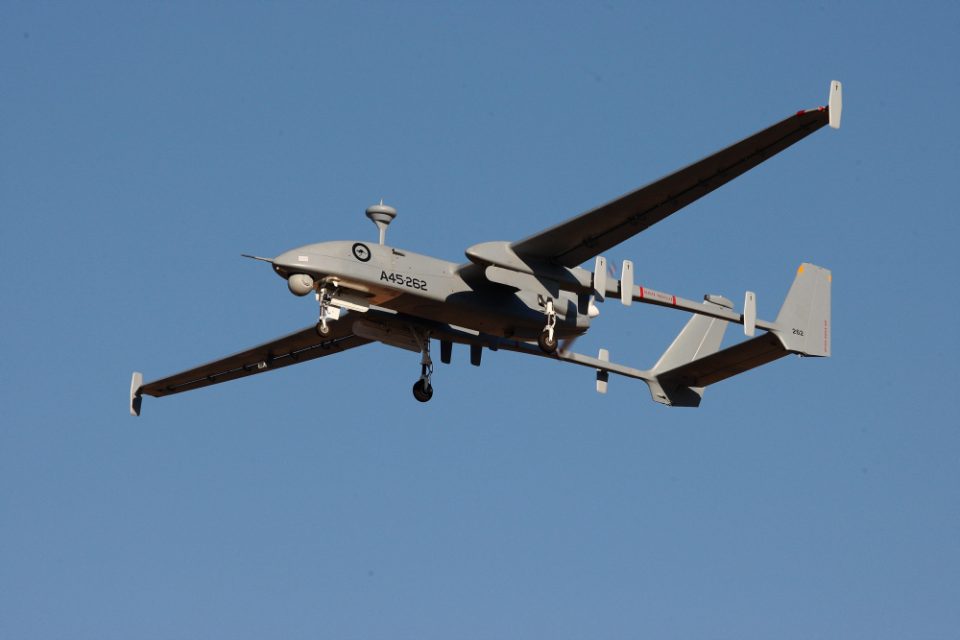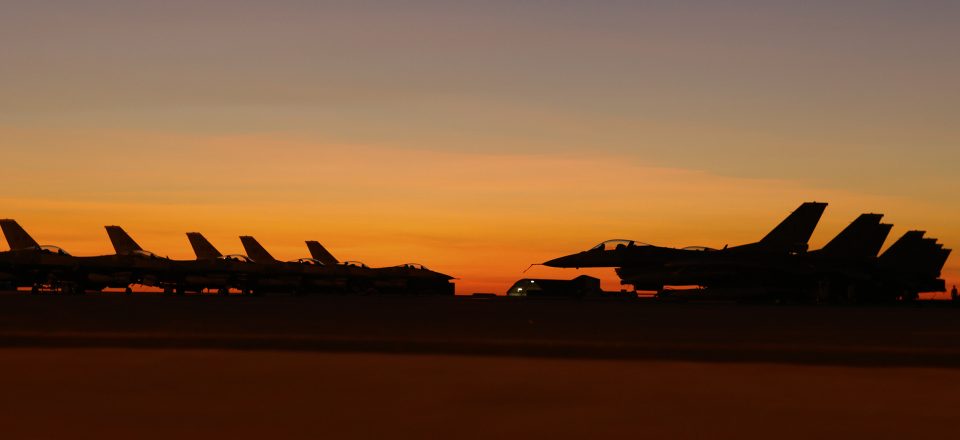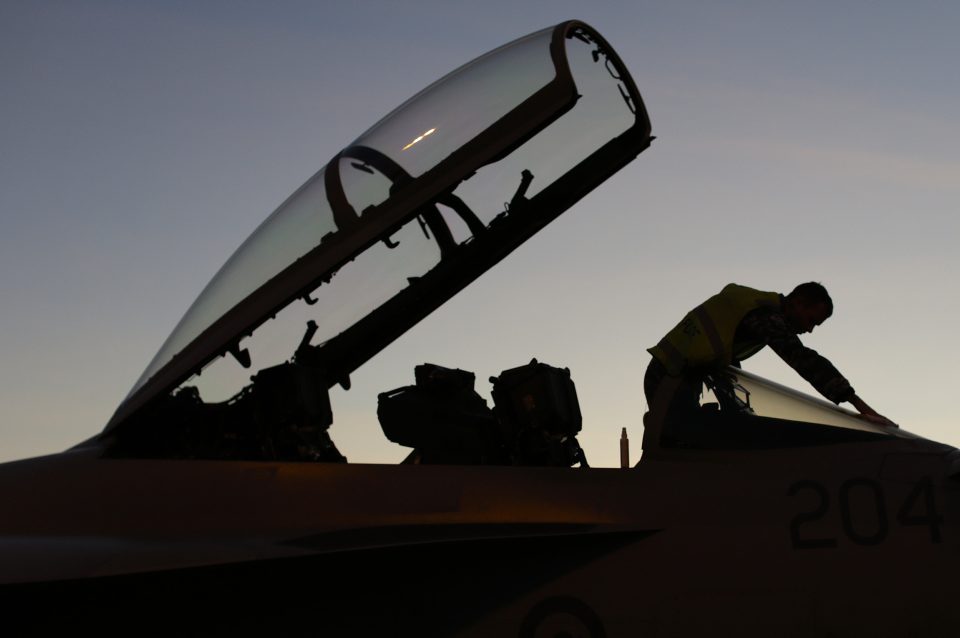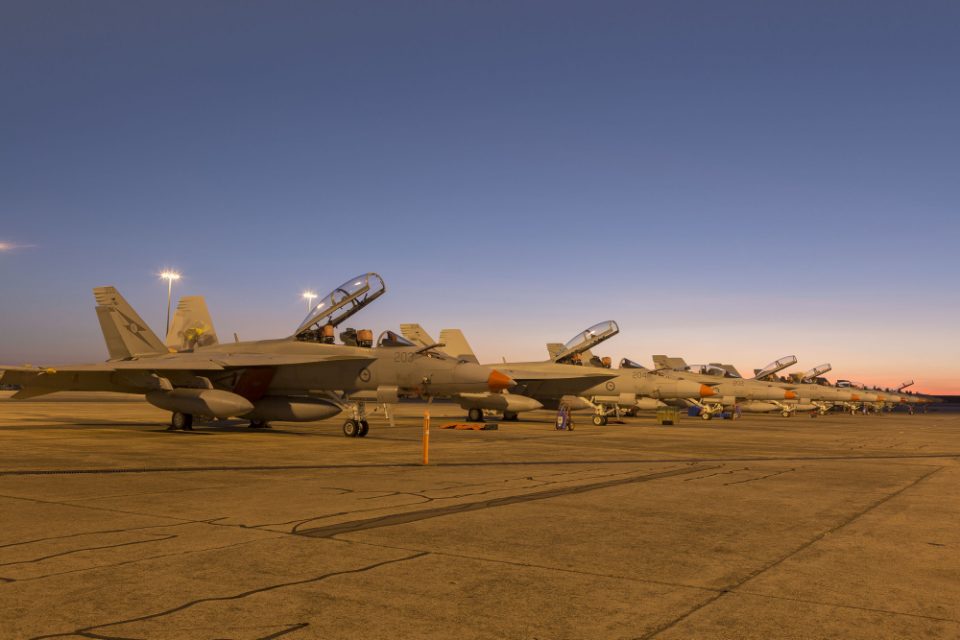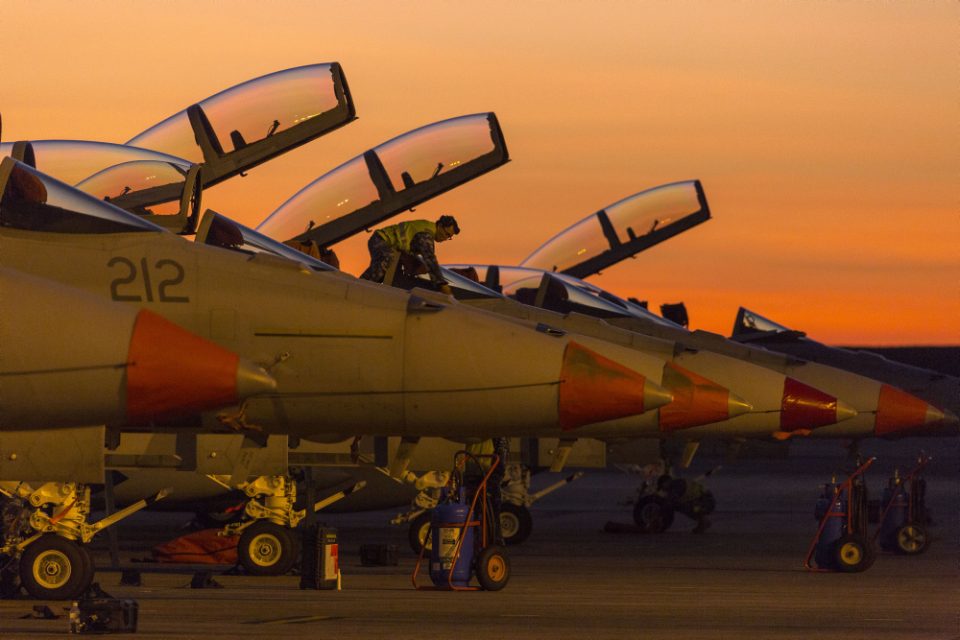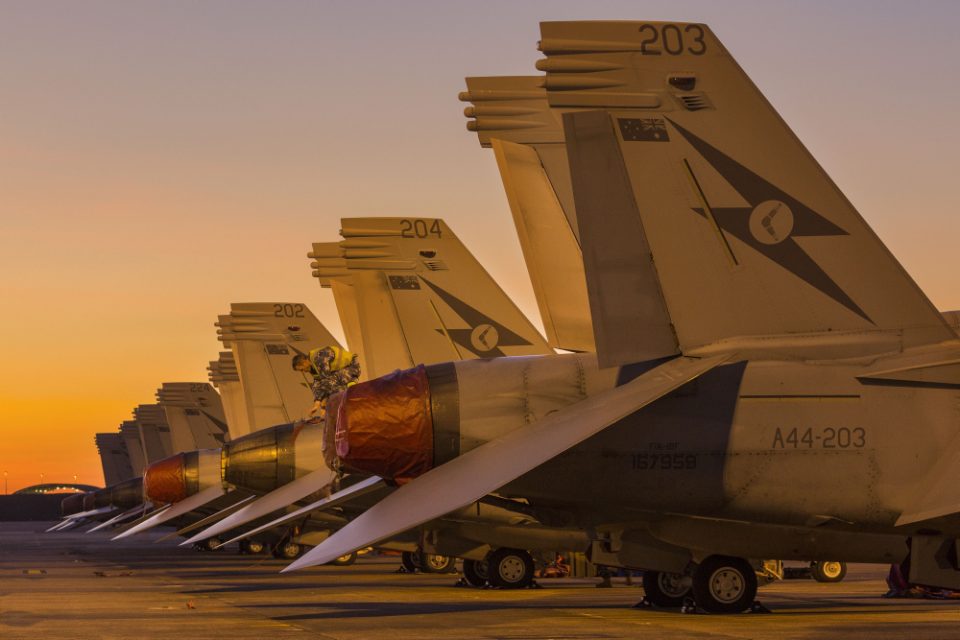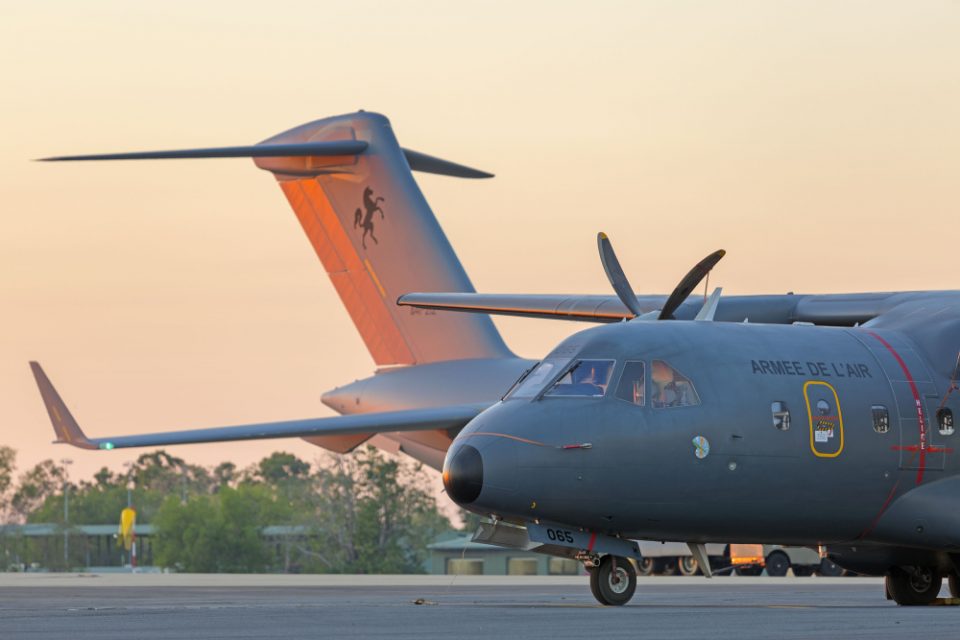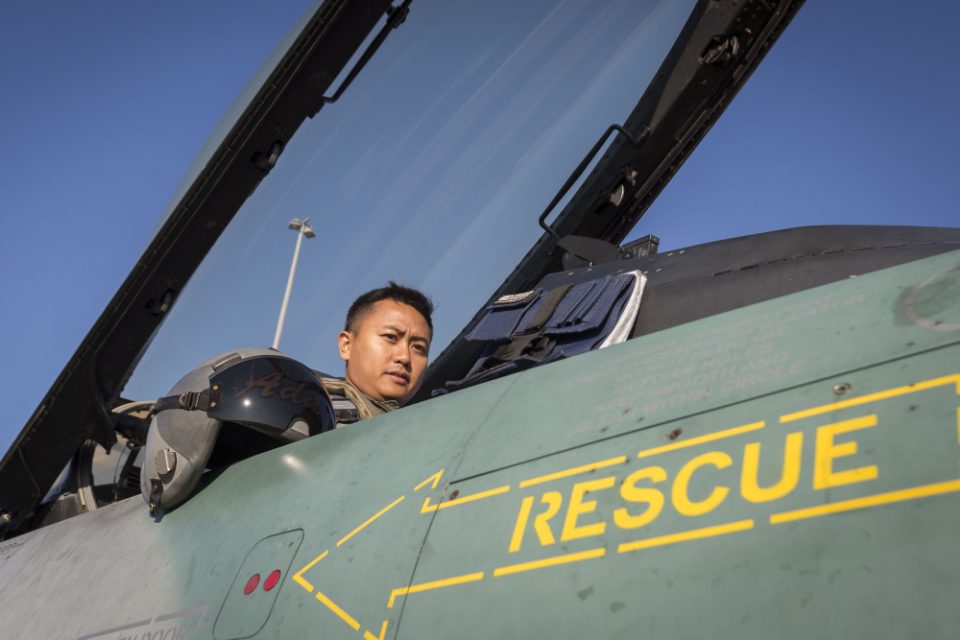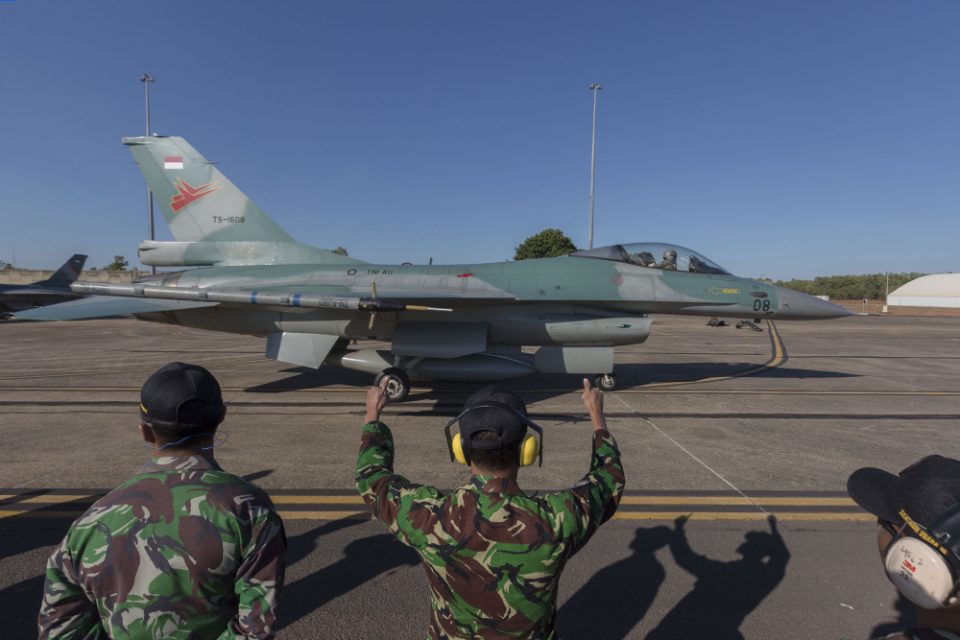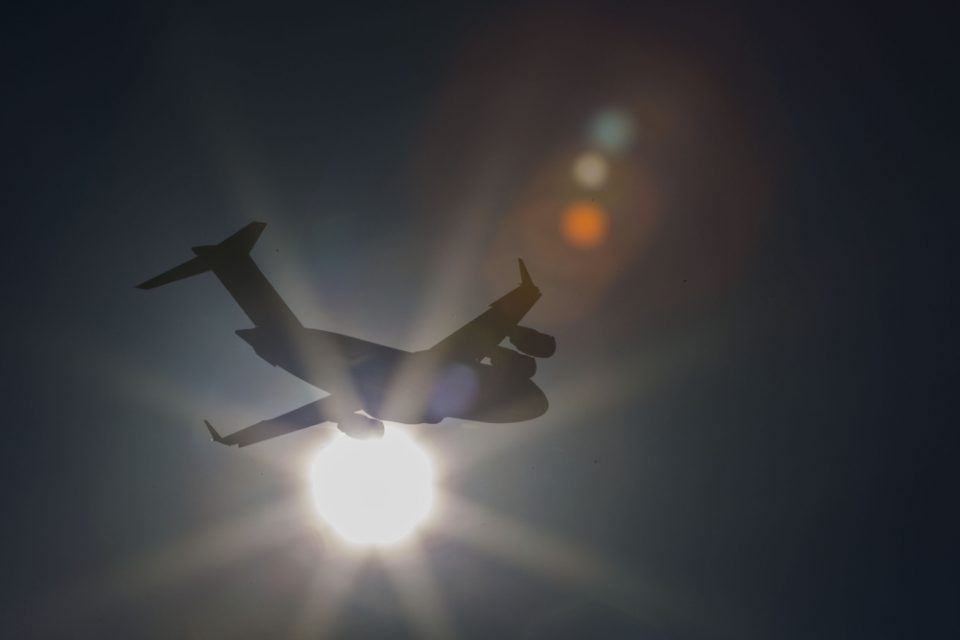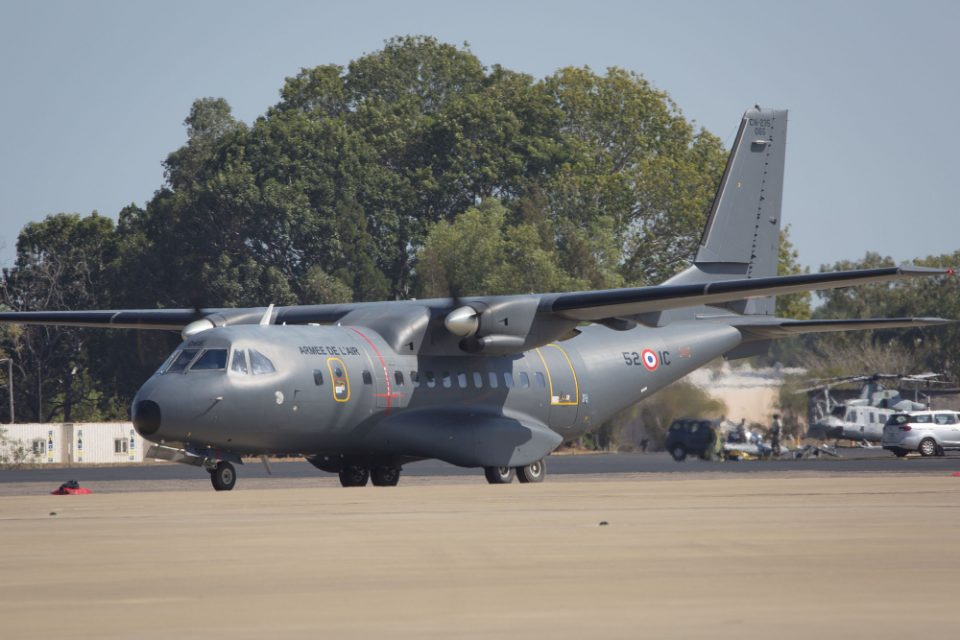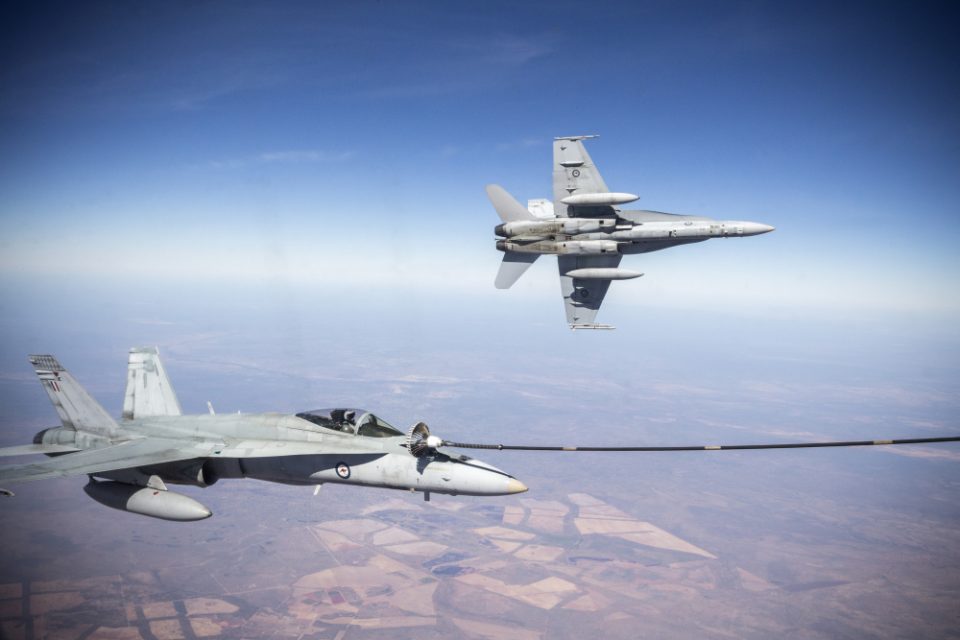As Rio de Janeiro prepares for the opening of the Olympic and Paralympic Games this Friday many of the old dilemmas are very much on display. The city provides a magnificent backdrop.
When viewed from the top of the “Pão de Açúcar,” the iconic mountain that overlooks the city and its beaches, and guards the entrance to the great bay of Guanabara, where I was recently, Rio is still unequalled in the world for its physical beauty.
Yet closer up at street level, and in the favelas which hug the mountainous slopes that surround the city, and the slums which stretch in a disordered jumble for miles inland, Rio is for many of its inhabitants a city of fear and apprehension.
The opinion polls show very little enthusiasm for the Games, and the Olympic torch has suffered a series of unfortunate disasters enroute to Rio, including numerous falls by the torchbearers, and a near riot of people opposed to the whole idea of the Olympic Games when it passed through a town soon after crossing into Rio de Janeiro state.
Closer up the fear is very evidently on display.
It can been seen in the ugly heavy metal barriers which now surround most apartment blocks in the zona sul; in the beach front communities along the shoreline in Ipanema where the buildings are constantly patrolled by armed guards.
Or in the physical separation of the Miami-like high-end residential tower blocs of the Barra da Tijuca, which have been replicated by the new tower blocs of the Olympic “village” where the international Olympic teams are also now ensconced, far away from the everyday living conditions of most “Cariocas” as the residents of Rio de Janeiro are called.
Rio of course had plenty of opportunities to build an Olympic Games with a legacy.
In fact the city government had promised that hosting the Olympic Games would improve the life of its citizens. But many of these aspirations have fallen far short of expectations.
Despite a promised clean up, the bay of Guanabara remains heavily polluted. Raw sewage continues to pollute the iconic beaches. The transport network although improved in places, especially in the downtown and port area, is still woefully inadequate. The new cycle path built along the coast collapsed, killing two cyclists, and it is still closed to the public.
The new subway line joining the city to the Barra da Tijuca was only completed this week, and will be only opened to transport people to the games, and will then be closed again when the games are over for further work. And it only reaches the edge of the Barra da Tijuca in any case from where buses will take the spectators on to the Olympic park, which is several miles way.
Though the city government has thoughtfully provided tasteful scenic barriers all along the highway from the international airport, which disguise the slums along the route into the city.
But none of these cosmetics, however, should surprise anyone.
Brazil after all has always been famous for its plastic surgery. There was in the 19th century a famous phrase for such obfuscation. It was called “para inglês ver” (literally “for the English to see”). It was to do with slavery and the slave trade, which Brazil promised to abolish, but in fact had no intention of doing so. Brazil as a consequence only effectively ended the slave trade in 1850, and only abolished slavery in 1888.
It will be a logistical miracle if the transportation system works, all the time, to get the athletes, the spectators, the international press, to the right locations, at the right times.
God, Brazilians often like to claim “is Brazilian.” Let’s hope God is paying attention to Rio, and helping out, over the next few weeks. Perhaps, it will all work out in the end. One certainly hopes so. Brazil and Brazilians can be unexpectedly resilient at such moments.
Maybe they will be for the Olympic Games. London also experienced serious problems in the weeks prior to the opening of the Games four years ago, over security, over transportation, over the preparation of the athletes’ accommodations, over the threat of potential strikes. But in the end the Olympic Games were seen to have been a great success.
Yet few could have foretold the series of calamities, which afflict Rio in the lead up to the Olympics, many of them home generated, some with international causes far beyond Brazil’s responsibility. The state sponsored doping scandal involving Russian athletes has only been imperfectly resolved.
Yet Brazil still has to resolve its own political crisis. The country currently has two presidents, one “interim” and the other “afastado” (i.e., removed). One has been accused of leading a constitutional coup. The other is facing an impeachment trial in the Brazilian senate.
The interim president, Michel Temer, says he not concerned with the jeers which will undoubtedly accompany his appearance at the opening ceremony in the Maracanã stadium, where Brazilians are always famously irreverent towards their leaders at the best of times. Dilma Rousseff, the president who is undergoing impeachment, says she will not attend.
Former president Lula, under whose administration Brazil won the right to host the World Cup and the Olympic Games, has just be indicted for attempting to derail the impeachment process. Leading Brazilian businessman, bankers, construction executives, and politicians, are all in jail, many as a result of the colossal Petrobras corruption scandal.
But others are caught up on other scandals.
Meanwhile the Brazilian economy is facing its worse contraction in almost 50 years.
The promised wealth from the off shore petroleum resources has yet to materialize, and the price of petroleum continues in the doldrums, which affects Rio in particular, and the state and the city are both facing a chronic shortfalls in its public finances, and Rio has just been bailed out by the federal government.
Many heads of state are not coming to Rio for the opening ceremonies.
Nevertheless, the Olympic Games provide one of those very rare moments when the whole world will be paying very close attention to Brazil.
One hopes the world will see the beauty of Rio, enjoy the sporting competitions, relish the gold medals won, and not become obsessed by the squalor.
That is something Brazilians will have to deal with when the gringos have all gone home.
